Pain Farm waste water plans opposed by neighbours
Pain Farm sewage dispersal plan “lawful” – Council CEO – April 2024
South Wairarapa District Council can lawfully proceed with its plan to spray sewage waste-water across at least 53 hectares of Pain Farm, low-lying rural farmland three kilometers from the town.
The council has been formally advised by Chief Executive Janice Smith it has cleared all legal hurdles and can press “Go” on the plan.
Further, she advised the council that it had acted properly and legally throughout “the (community and other) consultation that occurred” over the effluent disposal plan _ and no further consultation was needed.
Community members had challenged the council on both issues when it emerged that all of Pain Farm’s 76 hectares were to be designated for effluent disposal.
In a report to council, CEO Smith noted: “recent advice confirms that the position council has taken is defensible when considering the requirements of the Scheme and council’s overarching duties as Trustee.
“It is also clear, based on the available records, that significant consultation occurred with the community at the time decisions were made to move to land waste-water disposal at Martinborough and to gain consent … to discharge treated effluent to land at Pain Farm.”
The consultation had included a wastewater steering committee, mail-outs to all ratepayers, consent notification, environment court hearings, a post-consent community liaison group meeting, as well as reports to the Martinborough Community Board and the council on the waste-water irrigation scheme and storage at Pain farm.
In background notes, the report advises the process which led to the current plans saw iwi, public health, Dept of Conservation, Fish & Game, Greater Wellington Regional Council and community boards all consulted on waste water future management.
Committees in “each township” also worked on the issues, with a Draft Wastewater Strategy distributed to the entire community as early as 2011.
The proposal meant moving from discharges to waterways and into discharge of treated effluent onto land. It was supported by both “the community and stakeholders, and included in council’s Annual Plan 2012/13.”
It was also anticipated that when resource consent was gained for waste-water disposal it would ensure that “concerns of the community (odour, aerosols, water quality standards, Māori cultural matters) would be addressed.” The consent took effect in June 2016.
“By 2019, the public asked the Finance, Audit and Risk Committee that Pain Farm be included as a strategic asset as part of the waste-water network in the district,” Smith advised the councillors.
Further, she noted multiple consultation methods were used over the period leading up to the preparation of the Draft Wastewater Strategy, the preparation of the consent application, consent hearings, and finally, in the post-consent stages.
On the legal front, the key point defined by the Supreme Court’s 1966 approval of a scheme was the farm could be used as an endowment, with the income from the Trust lands to be used for the benefit of the Martinborough community.
Since that ruling, four sets of formal legal advice have upheld the council’s actions.
The most recent, which pulled all previous legal advisory material together “determined that the position council has taken is defensible when considering the requirements of the scheme and council’s overarching duties.”
Smith’s report adds that “it was always anticipated that the use of land disposal at Pain Farm would generate income to be used for the benefit of the community both through a market-based lease arrangement and through the distribution of income generated in irrigating the land.”
Once design work for the land dispersal project is complete it is proposed any areas of designated land that are not necessary for the construction, long-term operation or maintenance of the site for wastewater treatment purposes, or on-going mitigation, should be removed from designation.
Smith said it was in June 2023 the “community was alarmed” by a notice of “Requirement” to designate the entire farm for “waste water and recycling purposes.”
This was seen as extending the proposed “irrigable area” from the original 53 hectares planned for waste dispersal. The refreshed plans by then included buffer zones – for things like tree planting, and a possible “waste water storage” area.
Until detailed design has been undertaken, it is “unclear exactly what area will be used for buffer zones, storage or irrigation. However, council can proceed with the removal of the homestead parcel from the designation,” she advised.
Officers then recommended the Council:
1. Receive the Pain Farm History, Legality and Consultation for Treated Effluent Disposal Site Report prepared by Smith.
2. Support the conclusions of the report that the use of Pain Farm for treated effluent disposal is lawful and that significant public consultation occurred as decisions were made resulting in its designated use.
A two-page “Sequence of Events” graph sets out the long route to the present, from –
Mid-1932: Landowner George Pain makes Will gifting the land to wife Mary, thence passed in Trust to the Council; to –
October 2023: SWDC’s Combined District Plan notified for consultation, including designations.
See at: https://swdc.govt.nz/wp-content/uploads/DCAgendaPack-27Mar24-Final-v2.pdf
P63: Pain Farm History, Legality and Consultation for Treated Effluent Disposal Site Report
ends

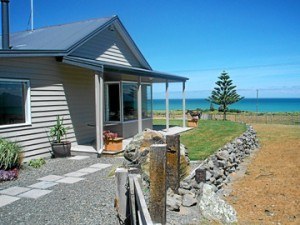

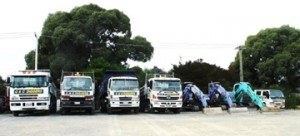






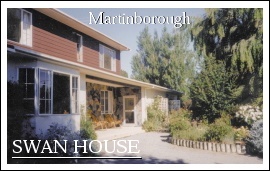
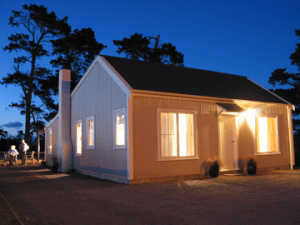
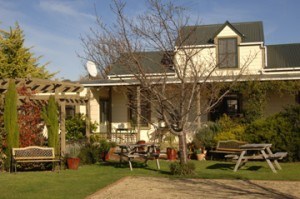
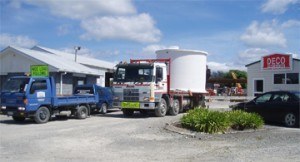
Recent Comments